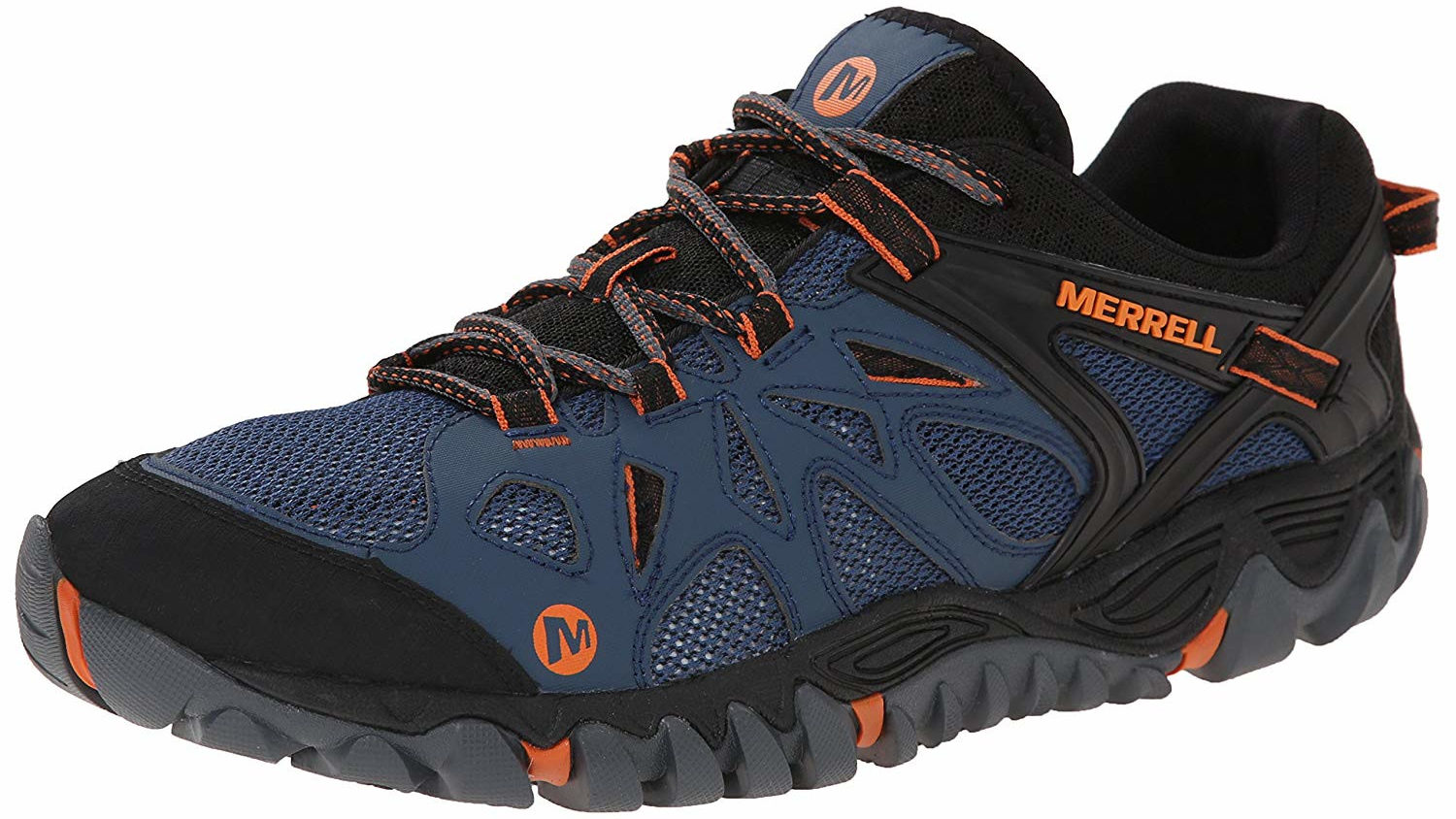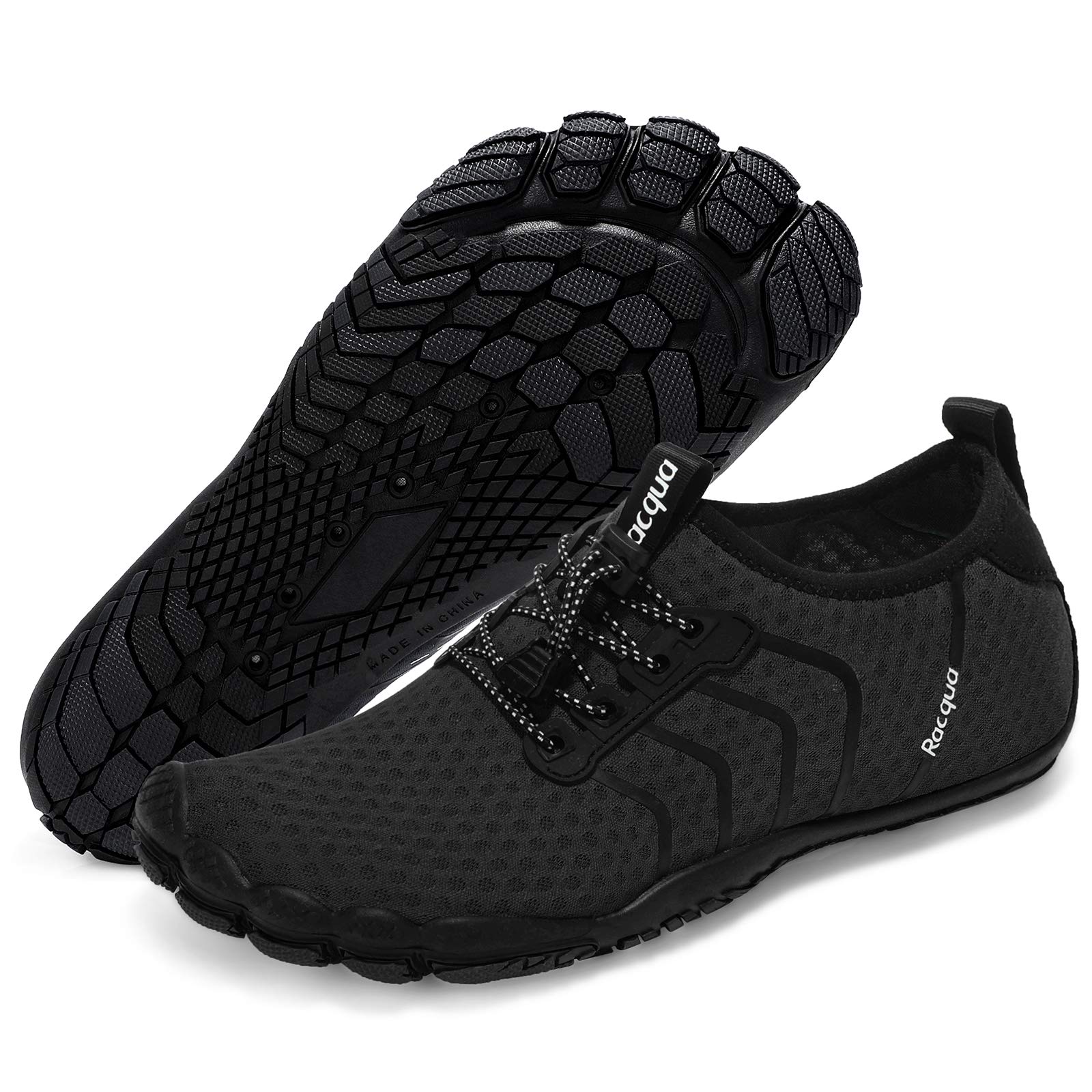Water Shoes

When it comes to water activities, having the right footwear can make all the difference. Water shoes have become an essential part of many water enthusiasts’ gear, providing protection, comfort, and traction in wet conditions. But with so many options available, choosing the right pair can be overwhelming. In this article, we’ll dive into the world of water shoes, exploring their history, types, features, and benefits.
Historical Evolution of Water Shoes

Water shoes have come a long way since their inception. The first water shoes were made from rubber and were designed for sailing and fishing. They were simple, yet effective, providing basic protection from the elements. As water sports gained popularity, water shoes evolved to meet the demands of different activities. The 1980s saw the introduction of aqua shoes, which were designed for water aerobics and other low-impact water activities. Today, water shoes are designed for a wide range of activities, from snorkeling and diving to kayaking and paddleboarding.
Types of Water Shoes

Water shoes come in various styles, each designed for specific water activities. Some of the most common types of water shoes include:
- Water sneakers: Designed for water aerobics, swimming, and other low-impact activities, water sneakers are lightweight, breathable, and provide excellent traction.
- Water sandals: Perfect for warm weather and outdoor water activities, water sandals offer a more casual approach to water footwear.
- Dive boots: Designed for scuba diving and snorkeling, dive boots provide insulation, protection, and support for the feet.
- Kayaking and paddleboarding shoes: These shoes are designed for water sports that require a secure fit and excellent traction.
Features to Look for in Water Shoes
When choosing water shoes, there are several features to consider. Some of the most important include:
- Traction: Look for shoes with rubber or synthetic soles that provide excellent grip on wet surfaces.
- Drainage: Water shoes with drainage holes or mesh panels help to prevent waterlogging and reduce the risk of blisters.
- Breathability: Shoes with breathable materials, such as mesh or neoprene, help to keep feet cool and dry.
- Support: Water shoes with arch support and a secure fit help to prevent ankle sprains and other injuries.
- Protection: Look for shoes with toe protection and a durable sole to prevent injuries from sharp objects or rough surfaces.
Benefits of Water Shoes
Water shoes offer a range of benefits, including:
- Protection: Water shoes provide protection from sharp objects, rough surfaces, and waterborne hazards.
- Comfort: Water shoes are designed to be comfortable and breathable, reducing the risk of blisters and discomfort.
- Traction: Water shoes provide excellent traction, reducing the risk of slipping and falling.
- Support: Water shoes with arch support and a secure fit help to prevent ankle sprains and other injuries.
Myth vs. Reality: Water Shoes Edition

There are several myths surrounding water shoes. Let’s take a look at some of the most common:
- Myth: Water shoes are only for water sports.
- Reality: Water shoes can be worn for a range of activities, from beach trips to pool parties.
- Myth: Water shoes are bulky and uncomfortable.
- Reality: Modern water shoes are designed to be lightweight, breathable, and comfortable.
- Myth: Water shoes are only for warm weather.
- Reality: Water shoes can be worn in cold weather, providing insulation and protection from the elements.
What are the best water shoes for snorkeling?
+When it comes to snorkeling, look for water shoes with a secure fit, excellent traction, and toe protection. Some of the best water shoes for snorkeling include the Scubapro Dive Boot and the Mares Razor Shoe.
Can I wear water shoes for hiking?
+While water shoes can be worn for hiking, they may not provide the same level of support and protection as hiking boots. However, some water shoes, such as those designed for kayaking and paddleboarding, can be suitable for short hikes and outdoor activities.
How do I care for my water shoes?
+To care for your water shoes, rinse them with fresh water after each use, and allow them to air dry. Avoid exposing them to direct sunlight or extreme temperatures, and store them in a cool, dry place.
Conclusion
Water shoes have come a long way since their inception, evolving to meet the demands of different water activities. Whether you’re planning to go snorkeling, diving, or simply enjoy a day at the beach, water shoes can provide protection, comfort, and traction. By considering the features, benefits, and types of water shoes, you can choose the right pair for your needs and enjoy your water activities with confidence.



